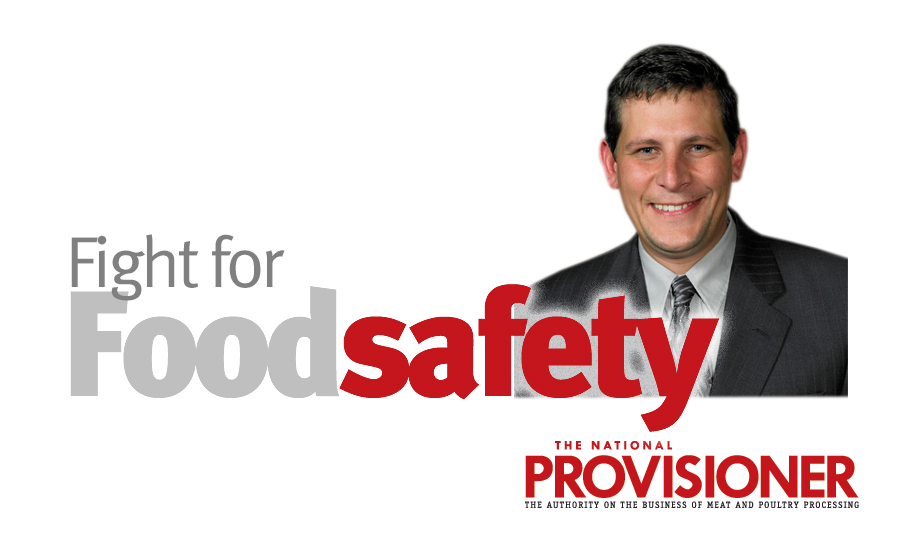Fight for Food Safety
Could routine FSIS testing link you to an unsolved outbreak?

For as long as food products have been produced, pathogens have lurked in the dark. Until recently, they evaded detection, slowly, secretly making people sick. The days of the U.S. Food and Drug Administration (FDA) or the USDA’s Food and Safety and Inspection Service (FSIS) coming into your facility and giving it a “once over” are history. The authorities want to solve unsolved outbreaks and, with the advanced technologies, they are getting what they are wishing for.
In the past, FDA relied on USDA’s expertise with mandating and enforcing the hazard analysis and critical control points (HACCP) regulations to provide the new FDA model for preventative controls. But now, when it comes to solving unsolved outbreaks, FDA takes the lead.
In its efforts to detect past and continuing foodborne illness outbreaks, FDA is now performing swab-a-thons in every food facility it inspects. This means the agency performs intense microbiological swabbing of the food processing environments, looking for evidence of pathogens that have made people sick. Meanwhile, in its PulseNet Database, the Centers for Disease Control and Prevention (CDC) is uploading the genetic signatures of the microorganisms cultured from the nearly 100,000 people who get sick from eating contaminated food products every year. Currently, there are more than 1 million isolates in the PulseNet Database representing humans who have gotten sick from eating a food product of unknown origin. If the pathogen FDA finds in a facility’s drain matches one of those illnesses that occurred weeks, months or even years ago, the agency will have solved a previously unsolved illness.
FSIS has taken notice. Intrigued by the opportunity to use its routine testing for pathogens in food products and the established environment to solve unsolved outbreaks, FSIS may adopt FDA’s lead.
FSIS may begin comparing the genetic makeup of pathogens isolated from regulated establishments or food products with the genetic makeup of pathogens stored in the CDC’s database. The USDA has reported it plans to use whole genome sequencing (WGS) “to aid in accurately identifying and responding to outbreaks, conducting efficient traceback, and studying environmental harborage and movement of pathogens in regulated establishments.” Once this happens, any positive sample collected from the environment or food products in your establishment could link your company to illnesses or outbreaks that occurred long ago.
The window to protect your company from the potential consequences of this new policy is closing fast. Although there are a number of strategies you can implement to help protect your company, time is short. You never know when the next sample taken from your facility will be linked to an outbreak. NP
Looking for a reprint of this article?
From high-res PDFs to custom plaques, order your copy today!





